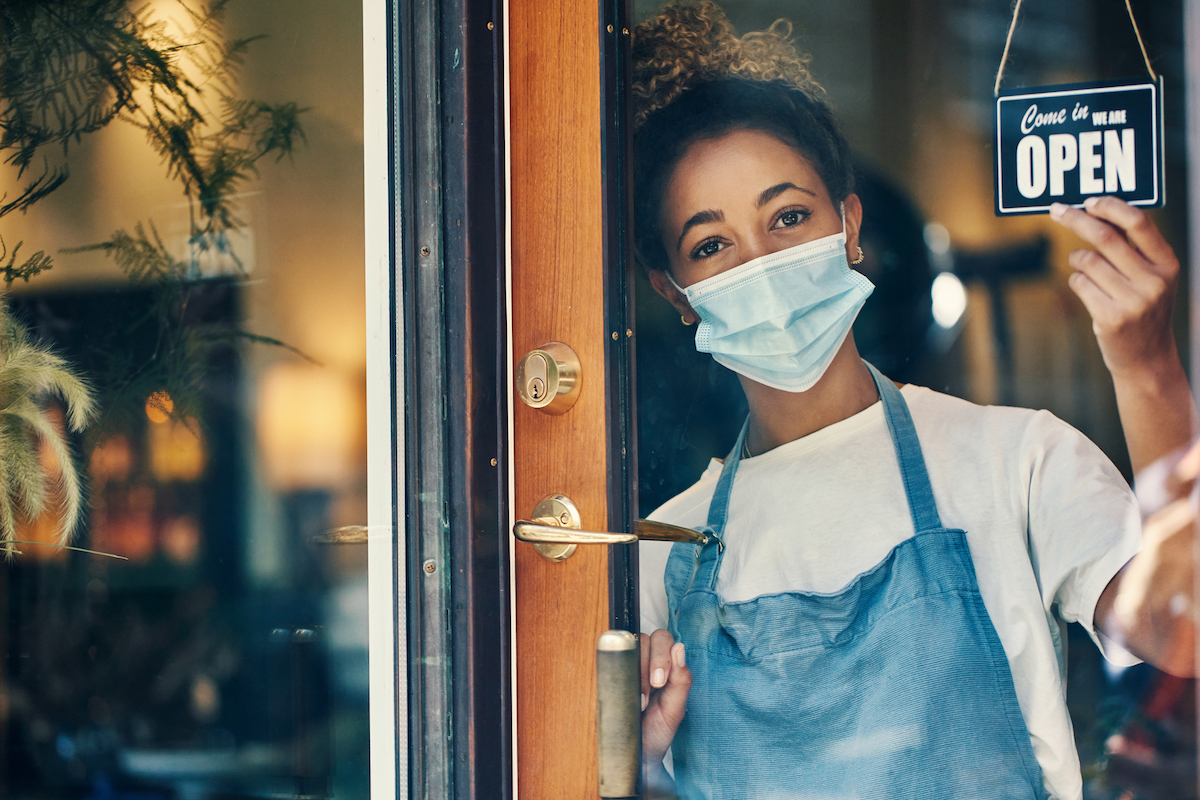<< Back
Know Your Omicron Risk Wherever You Go With This Indoor Safety Guideline Tool

January 05, 2022
Let’s say you’re sick and tired of COVID-19 and decide to treat your significant other to dinner at a local restaurant. You’re among 100 like-minded adults, no masks while eating and talking, in a 3,000-square-foot space with 12-foot ceilings, mechanical ventilation, a commercial-grade air filtration system, a moderate recirculation rate and 60 percent relative humidity.
If someone with Omicron enters the restaurant, you would risk infection after 12 minutes, according to the number-crunchers at the Massachusetts Institute of Technology who developed the COVID-19 Indoor Safety Guideline tool that, with great specificity, allows you to assess your risk in public spaces.
Now you’re in a church with 100 maskless adults for a service that includes singing. Assuming it’s a 3,000-square-foot church with 30-foot ceilings, mechanical ventilation and otherwise the same conditions as the restaurant, the tool suggests if someone with Omicron joins the service those 100 people should remain in the church no more than two minutes to limit COVID transmission.
What’s missing here? In a church of this size, the six-foot social-distancing rule would limit occupancy to 83 people for 21 minutes. With no masks, 100 people and singing, it’s a superspreader waiting to happen.
“Nothing has changed since Delta,” says Dr. Ulysses Wu, Hartford HealthCare’s System Director of Infection Disease and Chief Epidemiologist. “Nothing has changed since the beginning of COVID. We have measures that we’re still going to use to try to combat this disease. That’s masking — very important. Boosters. Social distancing. And not engaging in those risky social behaviors. That is tried and true.”
Back at the church, if those same 100 people wore masks and spoke instead of sang, they could remain in the church up to 10 hours — plenty of time for a service — after an Omicron-infected person entered while limiting transmission. If only 83 people were at the service, allowing six-foot distancing, they would only violate the safety guideline after 12 hours.
A bigger church wouldn’t help much for the maskless, singing service. A 17,000-square-foot space with 30-foot ceilings, closer to the average church size, would still limit 100 adults to only five minutes before risking infection after an Omicron-infected person entered. But putting on masks and speaking instead of singing would expand the safety zone to 53 hours.
The type of mask also makes a difference. With Omicron, cloth masks are out. The N95 or K95 are in. A surgical mask is also an option.
“We’re seeing a more contagious variant at this point,” says Keith Grant, APRN, Hartford HealthCare’s Senior Director of Infection Prevention. “Studies over the last few months have looked at the actual filtration rate of masks that are available and it’s very obvious that a cloth mask vs. your N95, your KN95 or your surgical mask is probably not what you want to go with against a variant that is significantly more contagious.”
The tool provides dropdown menus with options for six COVID-19 strains, seven room types and human behaviors (such as masks and speaking) with custom options, three age groups and filtration and air circulation options. You’ll get an idea of what risk awaits in any space, including your own living room with guests, from Omicron or any other known COVID-19 strain.